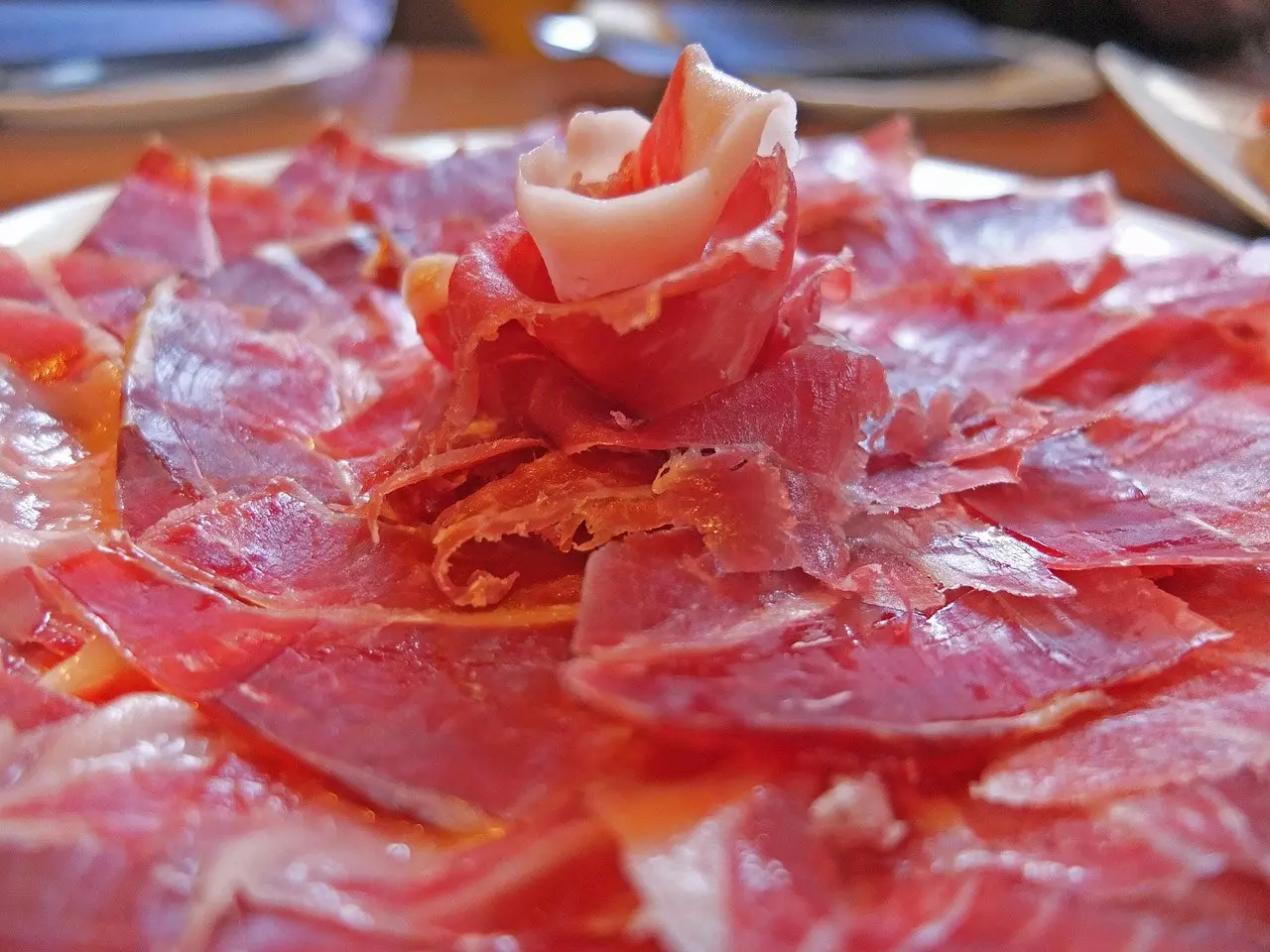
Guidelines for getting the Christmas ham right
Do you want to give a ham? Have you been given a ham and want to know if it will be good enough to invite family and friends to snacks or take it out proudly on Christmas Eve? You're in luck, on these pretty dates of gluttony, too You have to know how to eat and buy. That is why we have spoken with experts so that they can explain to us how it is identified. a good ham , why a ham is good, and if it is, how should you treat it . With much love, always.
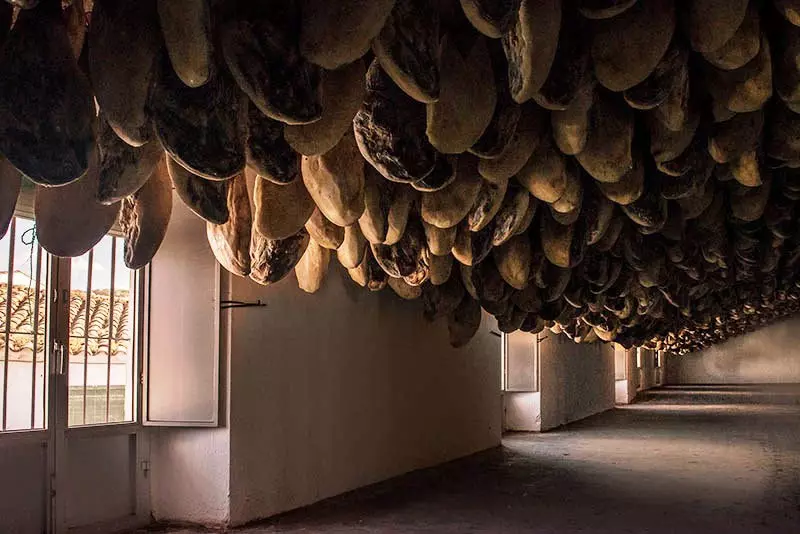
The ham paradise
HOW TO IDENTIFY A GOOD HAM
To find out, you must put your five senses to the test:
“There is a first part, visual. A thin, long and stylized leg and a narrow ankle they are signs of the purity of the animal's race. As for the bacon, it must be rough, striated”, explains Ricardo Sánchez, director of the brand. Arthur Sanchez , a family business with more than 100 years dedicated to the Iberian product.
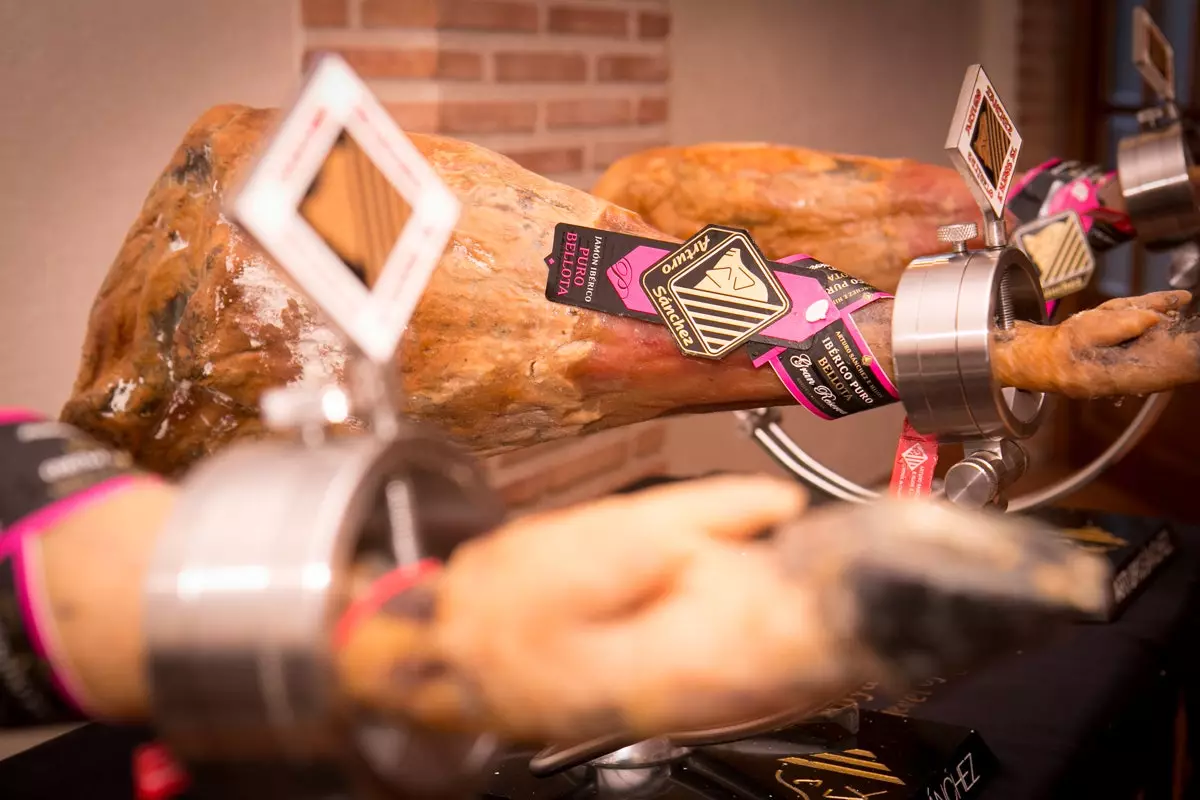
A good stylized leg
Then, "to the touch, the bacon should be oily and unctuous, not sticky, and we must be able to insert the finger inside the bacon, in the part of the tip of the ham”, he continues. In addition, "the smell, although it seems obvious, must smell like ham ”. And finally, " the flavor of the ham should be a mix between sweet and bitter , without being high in salt. The aftertaste must be long and persistent . If we place the slice of ham on the tongue and bring it closer to the palate, it can be undone”.
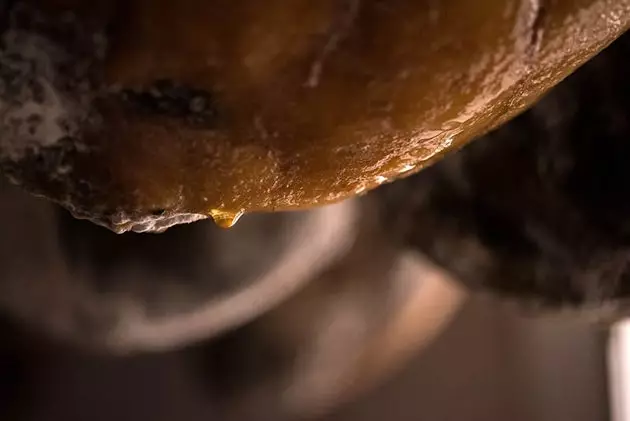
That it sweat a little, that it be unctuous, not sticky
Lucia Garcia Ortega, expert of the ** Protected Designation of Origin of Jabugo ** (Huelva), clarifies, so that we do not despair, that "identify a good ham following sensory parameters It is a task that only the master ham craftsmen who dedicate their lives to its elaboration. Many years of experience in the profession. So for a consumer, occasional or regular, a good solution is to go to the labels: “ Check that it is correctly identified with all the guarantees and security ”.
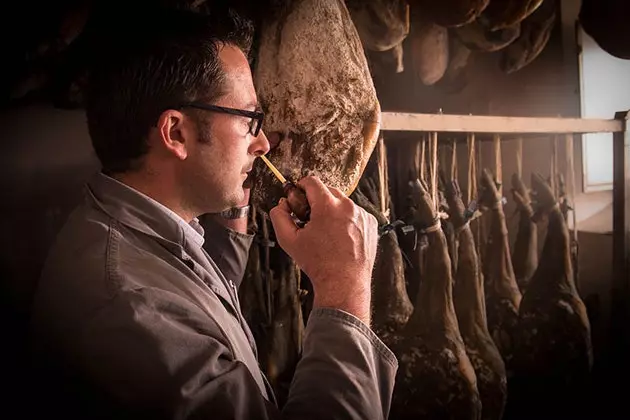
It is obvious but necessary: the ham has to smell like ham
WHAT MAKES ONE HAM BETTER THAN ANOTHER?
"It depends on two factors: the quality of the pig from which it comes, and the production process," says Ricardo Sánchez, from Arturo Sánchez. “Each piece is different, individual and independent. Hams or shoulders from the same pig do not evolve in the same way during curing. The important thing is to pay attention as long as it is well identified , and from there assess it individually”, adds Lucía García Ortega, from the PDO Jabugo.
If, as Lucía García Ortega advised, we play it safe, paying close attention to the labels, we will know how to read (between the lines) in them that the 100% Iberian pigs , that is to say, the best ones, are raised "in a suitable natural environment, the holm oak and cork oak pasture", and then they will go to "drying sheds and natural cellars", where the hand of the ham holder will be important. The longer the pigs spend in the montanera phase, eating acorns free, the better. The same goes for the salting and curing process , the less rush there is, the better it will be. The time spent in the cellars “is where the temperatures and humidity and where the ham takes on its definitive personality before becoming thin slices”, explains García Ortega. The whole process can take four or five years.
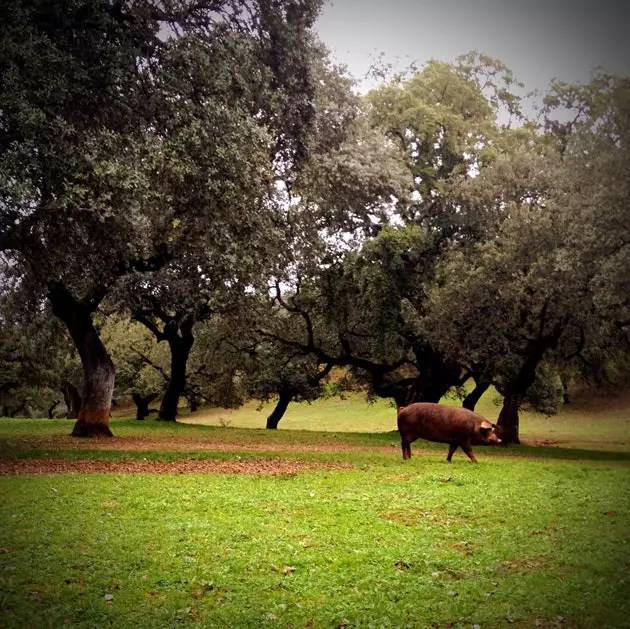
life in the pasture
HOW DO YOU CUT A GOOD HAM?
At this point and if you have listened to us, you will have bought a great ham and you should not ruin it. All that effort put into it should be rewarded with thin slices . To achieve them, follow the advice of the experts:
First of all, we must calculate how long we want to consume it. “For domestic consumption, I recommend starting with the narrowest part, called babilla and when it's over, flip the ham ”, says Ricardo Sanchez.
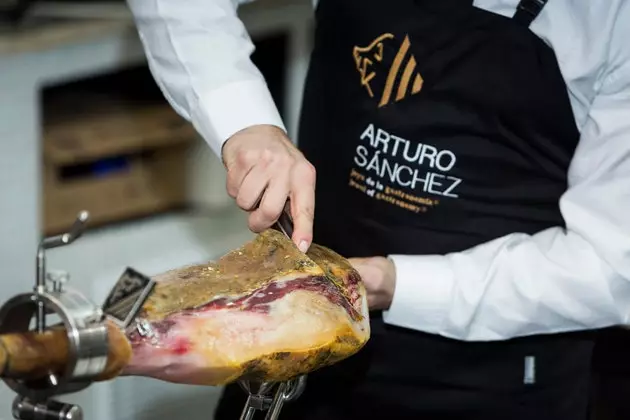
Start at the stifle
“If we are going to consume it in a short time, we will place the ham with the hoof up ”, says Lucia Garcia Ortega. “So the mace will be arranged upwards and we will obtain juicy and varied slices that will go from the shank and mace to the tip and counter mace of the piece”.
And before all this: "The only trick there is, is to be careful and have well-sharpened knives , from there, you have to be orderly and disciplined ”, adds Sanchez. This way we will avoid accidents. “To avoid unpleasant tastes on the palate, it is important that the area of the ham that we are going to slice is well cleaned of rinds and covering fat”, adds García Ortega.
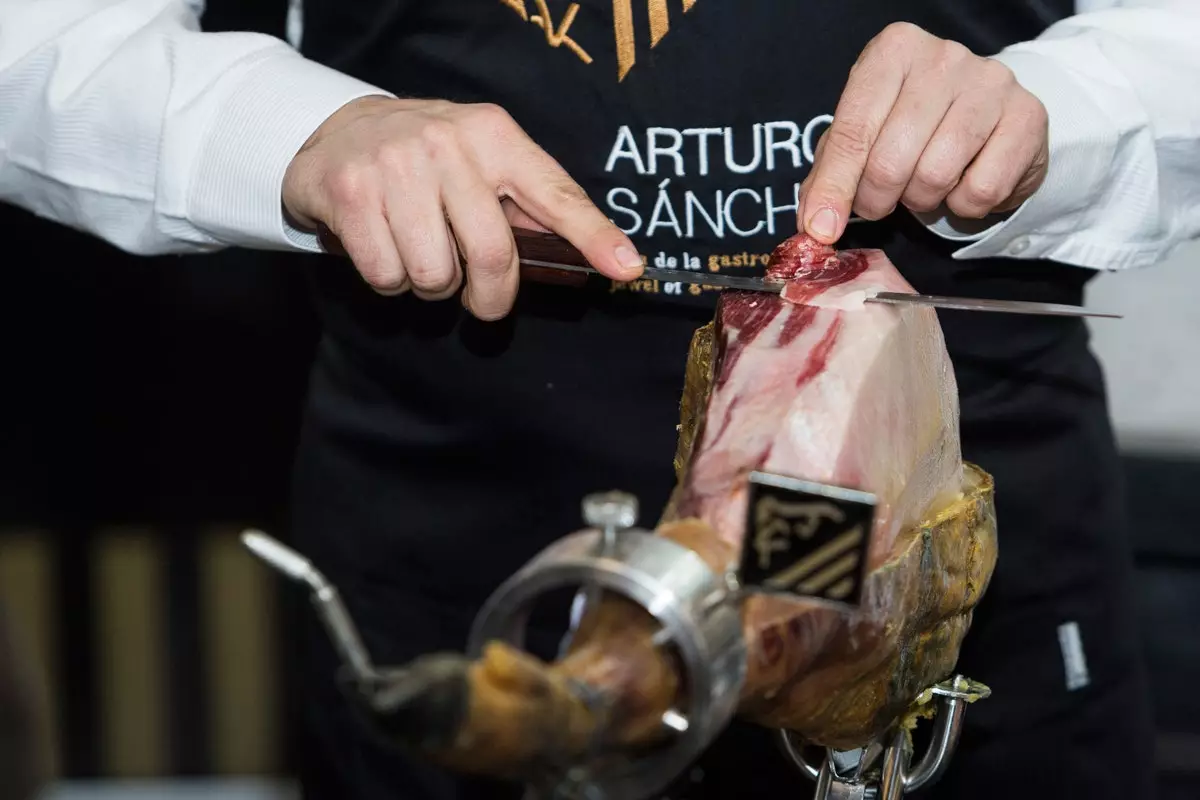
How to cut a good ham
Follow @irenecrespo\_
